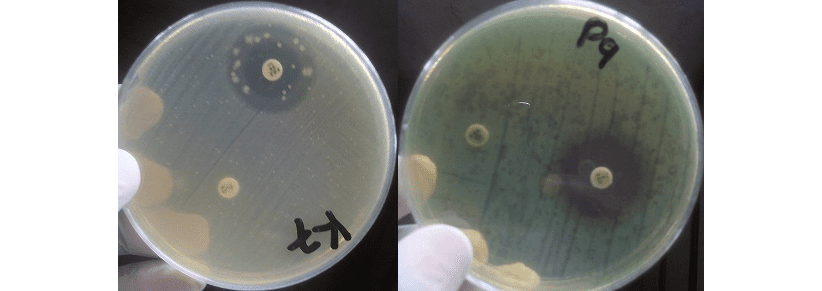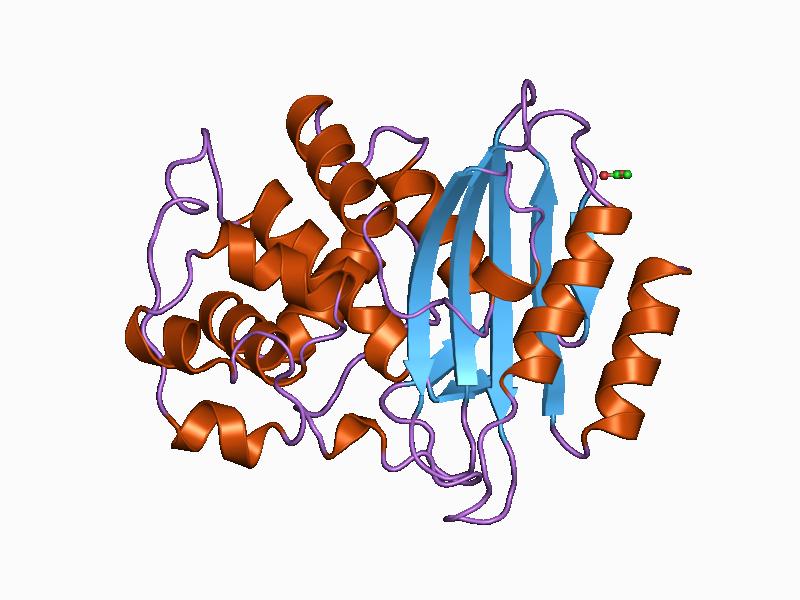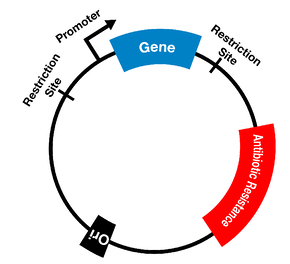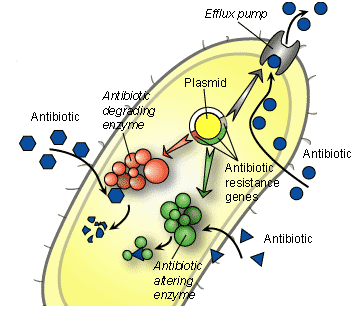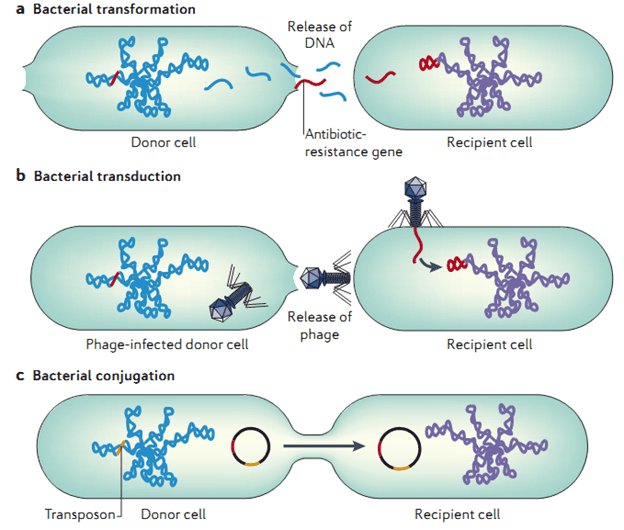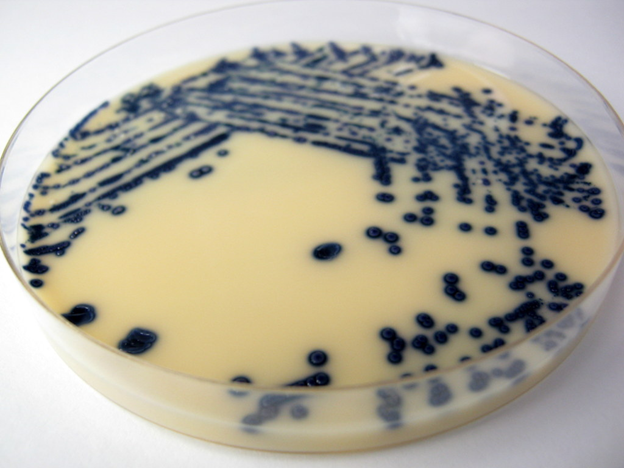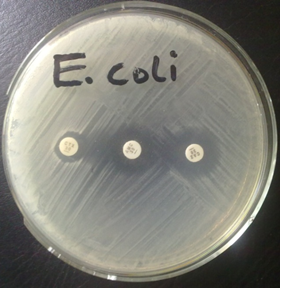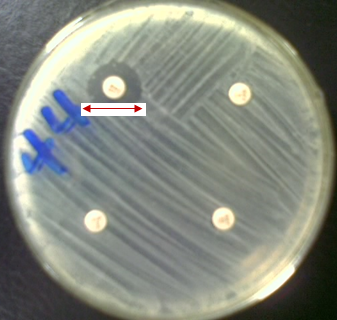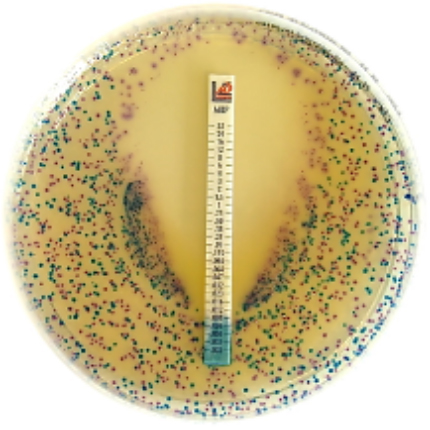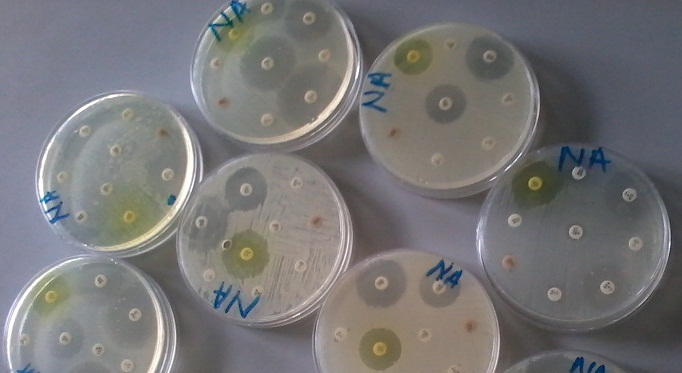AmpC β-lactamases are a class of enzymes produced by certain bacteria that confer resistance to […]
Category: Antibiotic Resistance / Antimicrobial Resistance (AMR)
Methicillin-resistant Staphylococcus aureus (MRSA): A Global Health Threat
Methicillin-resistant Staphylococcus aureus (MRSA) is a type of bacterium that has become resistant to many […]
MECHANISMS OF TRANSFER OF RESISTANCE GENES IN BACTERIA
Below are some of the major ways through which bacteria pass on their antibiotic […]
GENETIC BASIS OF ANTIBIOTIC RESISTANCE
Genetic resistance of microbes to antibiotics is due to a chromosomal mutation in the bacterial […]
UNDERSTANDING MBL MICROBIOLOGY
Metallo-beta-lactamases (MBLs) are beta-lactamase enzymes produced by pathogenic bacteria, and which hydrolyzes the carbapenems (e.g. […]
ESBL Positive – Understanding Extended spectrum beta-lactamases tests
What does it mean to be ESBL positive? Learn how to detect these antibiotic-resistant bacteria […]
Materials from the iAMR team for teaching & illustrating AMR
Are you looking for more information about Antibiotic Resistance or antimicrobial resistance (AMR)? Do you […]
BETA-LACTAMASE: an important resistance mechanism in bacteria
Beta-lactamases are enzymes secreted by both Gram positive and Gram negative bacteria, and which have […]
MULTIDRUG RESISTANT BACTERIA (MDRB)
The introduction of antibiotics into clinical medicine for the treatment of infectious diseases heralded an […]
TYPES OF ANTIBIOTIC RESISTANCE
Bacteria have evolved to survive in diverse environments. They survive exposure to harsh chemicals including […]
BRIEF HISTORY OF ANTIBIOTIC RESISTANCE
Antimicrobial agents, particularly antibiotics are the most significant class of pharmaceuticals and are one of […]
CONTROL OF ANTIBIOTIC RESISTANCE
Antibiotic resistance knows no border of any country since there is free movement of both […]
IMPACT AND COST OF ANTIMICROBIAL RESISTANCE ON PUBLIC HEALTH AND THE ECONOMY OF A NATION
Antimicrobial agents (antibiotics in particular) have helped countless numbers of people worldwide owing to their […]
FACTORS THAT CONTRIBUTE TO ANTIBIOTIC (ANTIMICROBIAL) RESISTANCE
Antibiotic resistance is a global health problem that bedevils our health sector and threatens our […]
SPECIFIC MECHANISMS OF ACQUIRING RESISTANCE BY BACTERIA/MICROBIAL PATHOGENS
An antibiotic has to go through a number of steps in order to exert its […]
MODE (MECHANISMS) OF TRANSFER OF RESISTANCE GENES
Antibiotic resistant bacteria owe their drug insensitivity and ingenuity in developing resistance against our therapeutic […]
TYPES OF ANTIBIOTIC RESISTANCE
The resistance of a microbial cell to the potent action of antimicrobial agents or antibiotics […]
NITROCEFIN TEST FOR BETA-LACTAMASE PRODUCTION
The production of beta-lactamase enzymes by Gram negative bacteria including E. coli, P. aeruginosa and […]
Vancomycin resistance in Enterococci
Enterococcus (plural: Enterococci) is a group of bacteria that is normally found in the intestines […]
What are ESBLs?
ESBLs (extended spectrum beta-lactamases) are enzymes that mediate resistance to extended-spectrum (third generation) cephalosporins (e.g., […]
WHO Global Principles for the Containment of Antimicrobial Resistance in Animals Intended for Food
Purpose: To minimize the negative public health impact of the use of antimicrobial agents in […]
ANTIBIOTIC RESISTANCE
Antibiotic resistance is a phenomenon that occurs when bacteria are not killed or inhibited by […]
CHARACTERISTICS/FEATURES OF ANTIBIOTICS
Antibiotics including antibacterial agents, antiviral agents, antiprotozoal agents, and antifungal agents have some specific characteristics […]
Chromogenic culture media for detecting antimicrobial resistance mechanisms
Chromatic Super CAZ/AVI Chromogenic medium for detecting Ceftazidime-avibactam resistant Gram-negative bacteria. Chromatic Super CAZ/AVI is […]
CLASSES OF ANTIBIOTICS
There are several classification/types of antibiotics today, which is based on bacterial spectrum of activity […]
SOURCES OF ANTIBIOTICS
Before the advent of conventional medicine used in clinical medicine today for the treatment of […]
BRIEF HISTORY OF ANTIBIOTICS
Antibiotic history dates back to 1928 when Sir Alexander Fleming discovered the antibacterial effects of […]
DEFINITION OF AN ANTIBIOTIC
There is no consensus to the definition of antibiotics. But it is very important that […]
Introduction to Antibiotic Resistance
In recent times, antibiotic resistance of pathogens to drugs (antibiotics) directed towards the degrading properties […]


